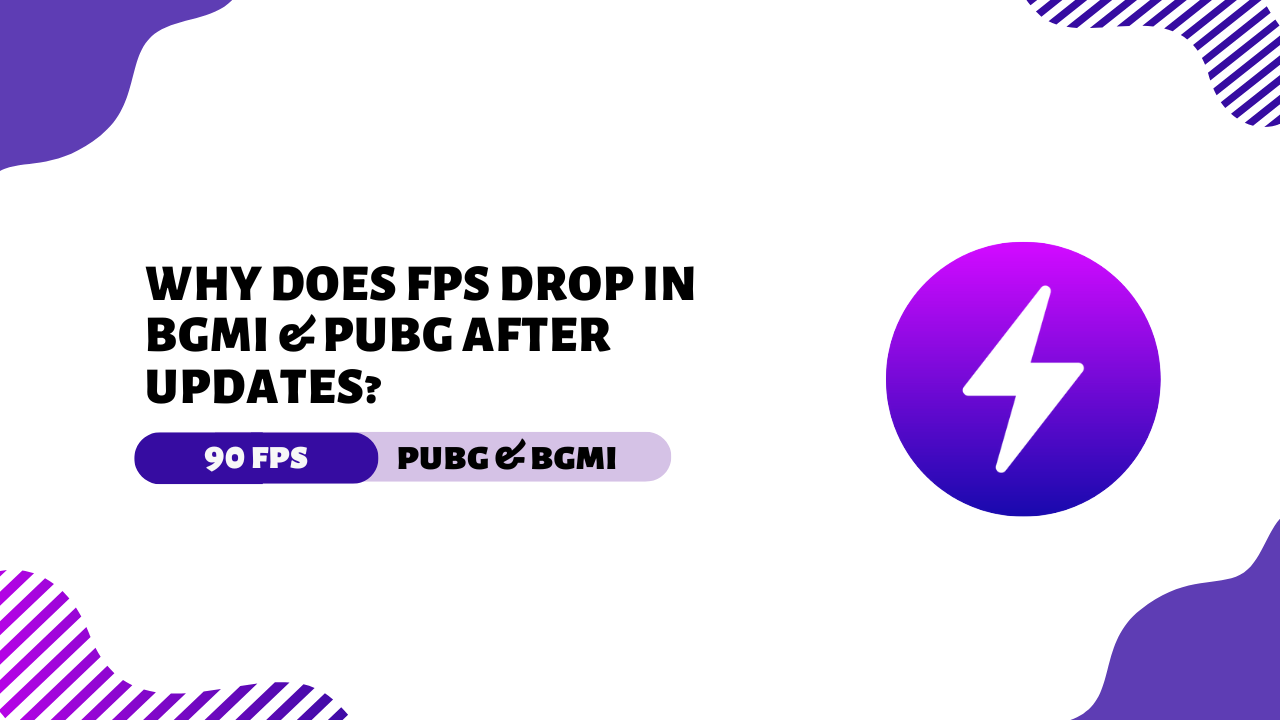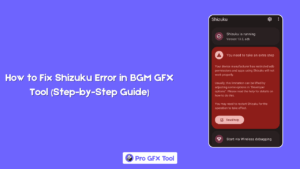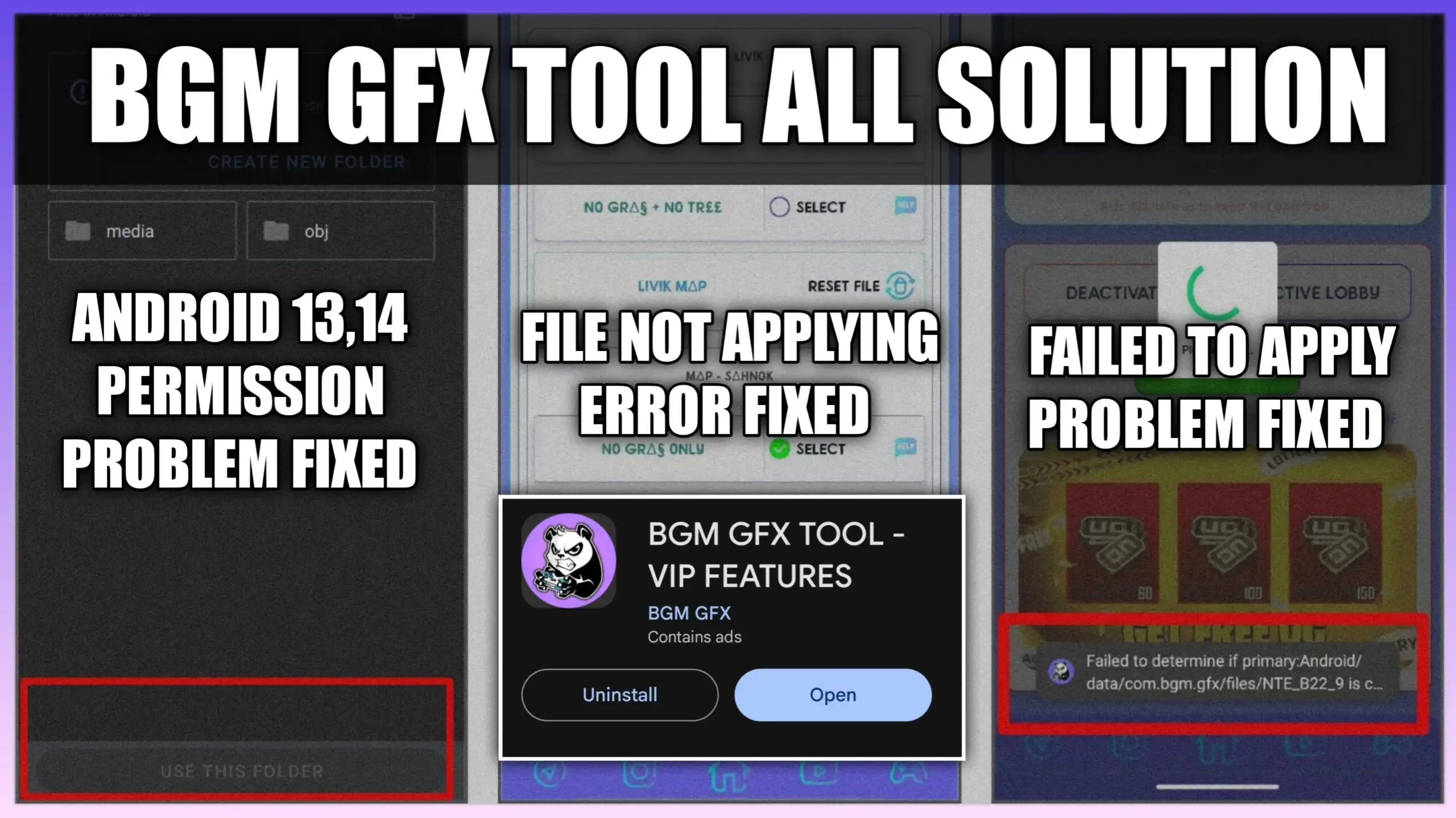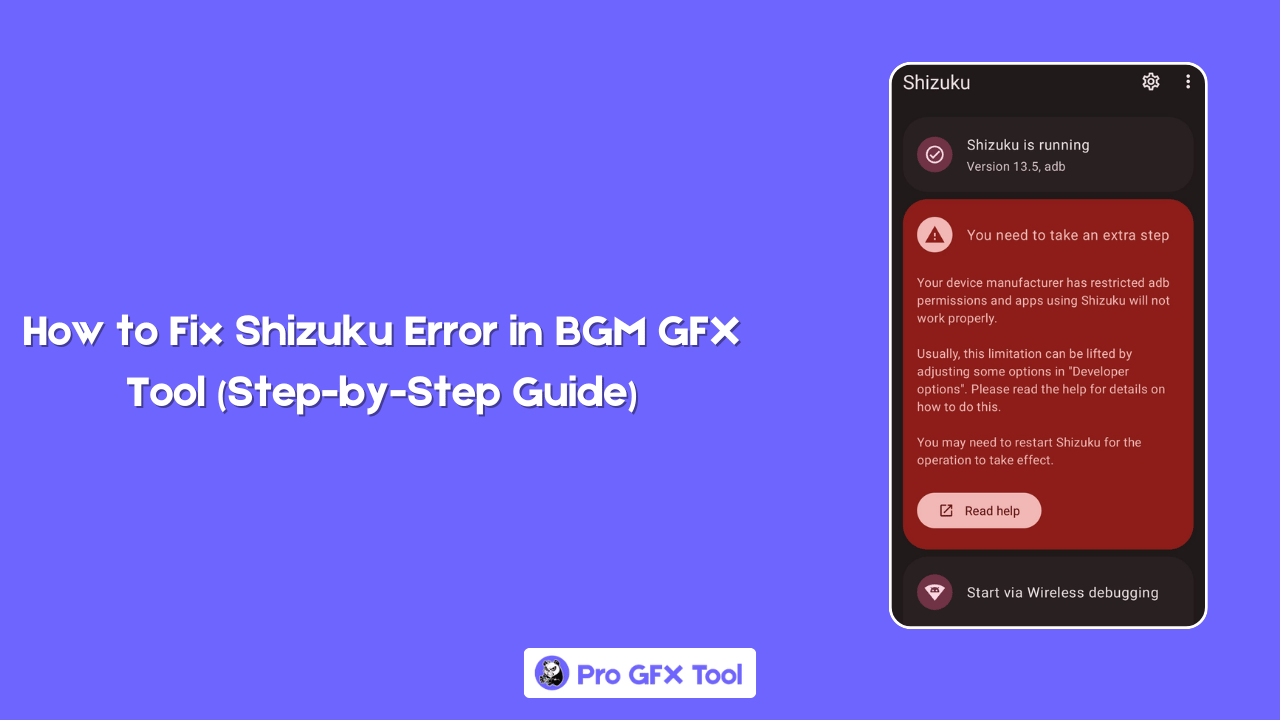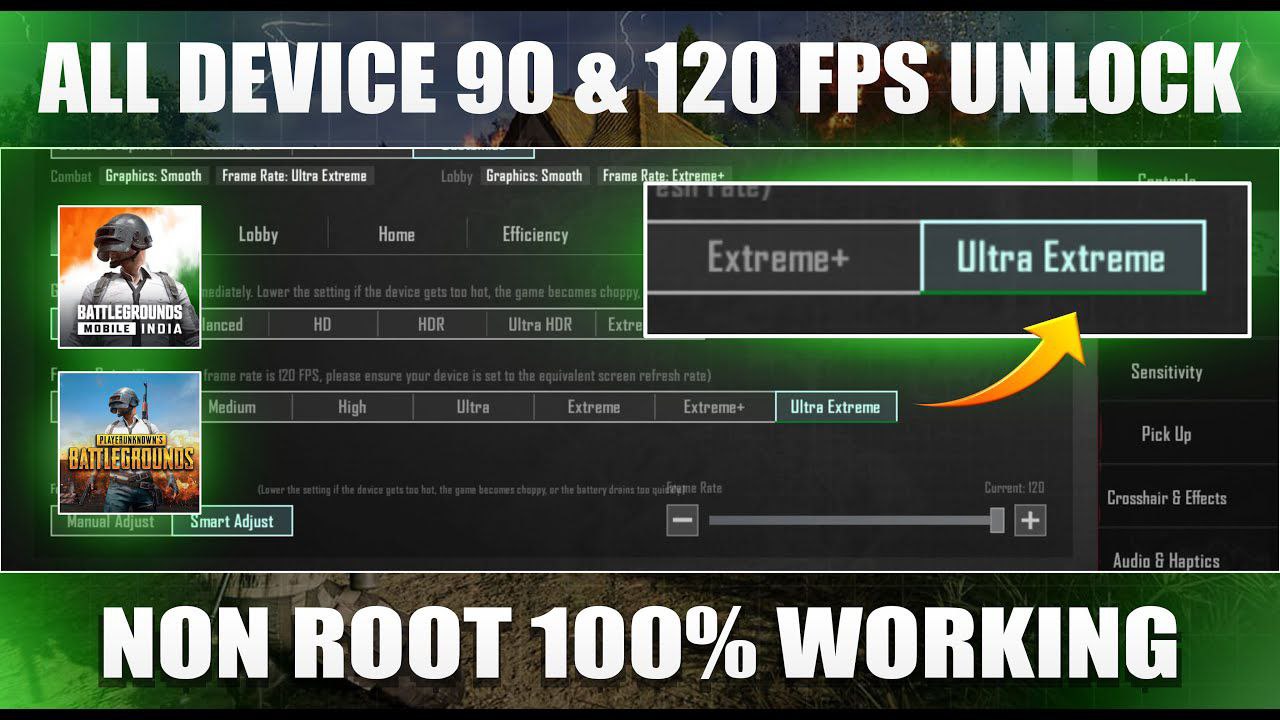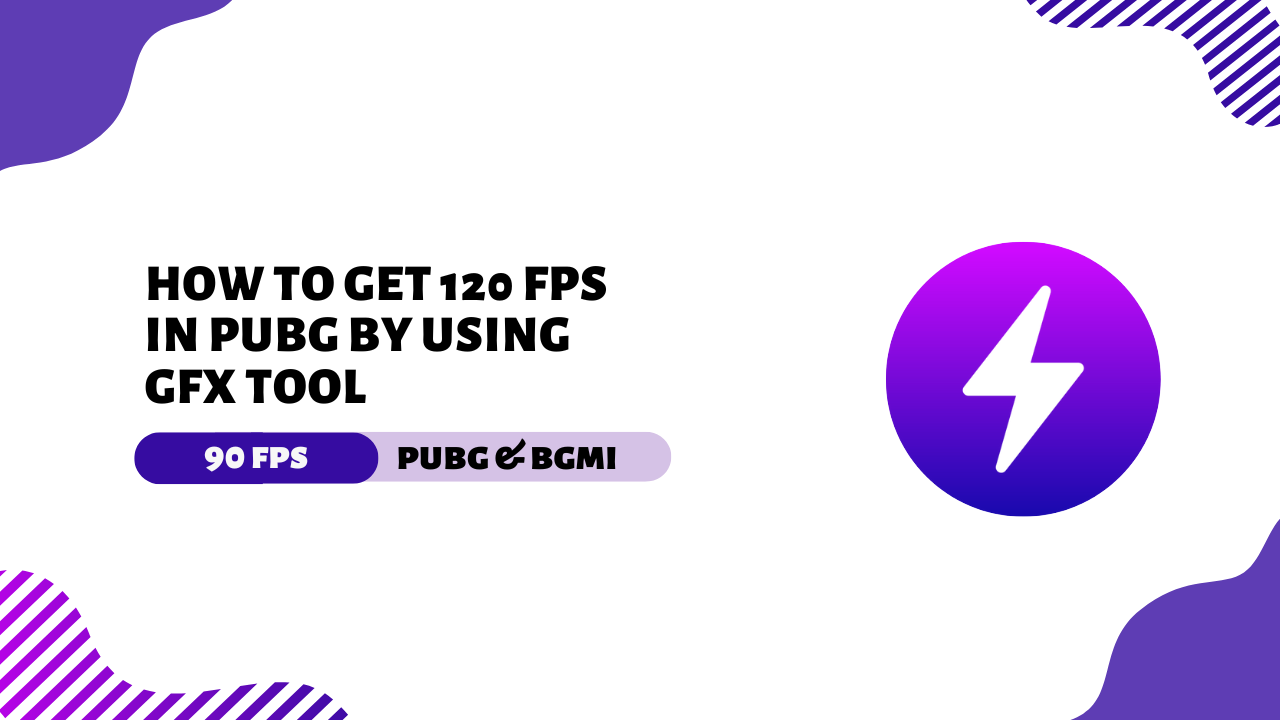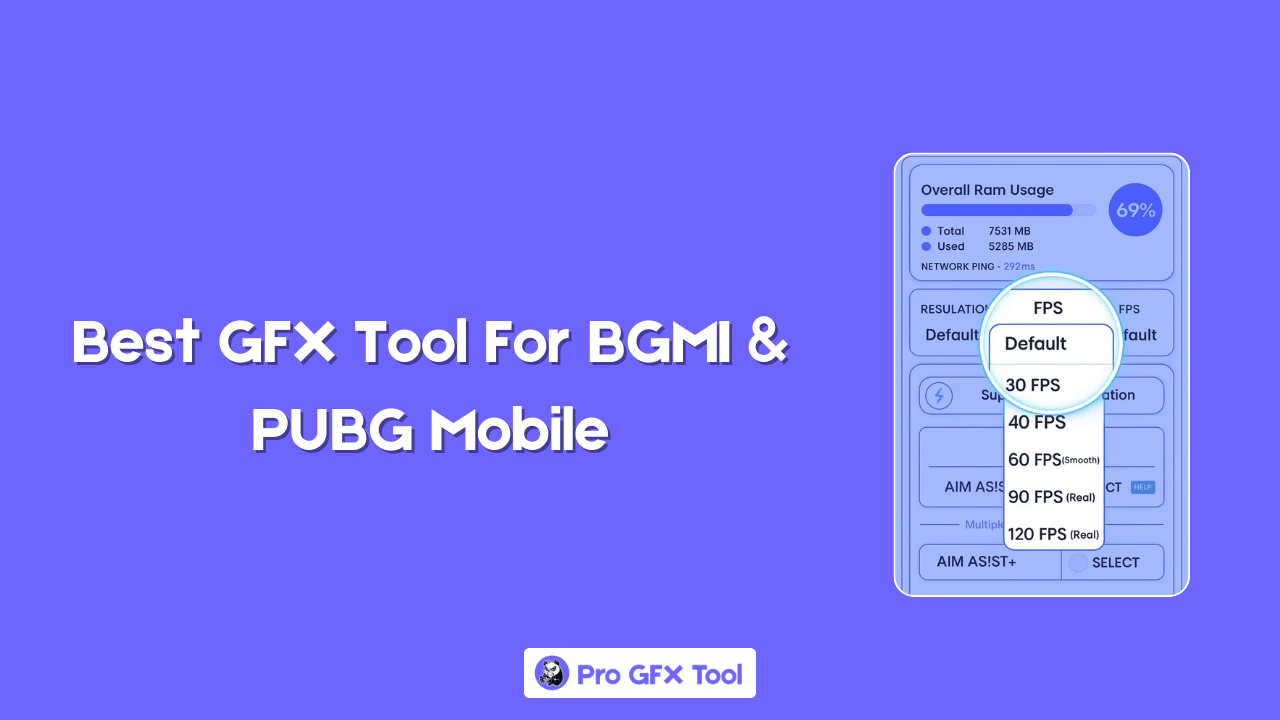Have you ever updated BGMI or PUBG and noticed that the game has become slower? You’re not alone!
FPS (frames per second) determines how smoothly your game runs. When FPS drops, the game slows down, stutters, and becomes frustrating. But why does this happen after an update? Let’s find out!
What is FPS, and why is it important?
Think of a flipbook: the faster you flip the pages, the smoother the animation looks. FPS works the same way in games. If your game runs at 60 FPS, it means 60 images (frames) appear every second.
Higher FPS = smoother gameplay. But if FPS drops to 20 or 30, the game feels choppy, like a flipbook with missing pages.
Why smooth FPS = better gaming?
In fast-paced games like BGMI, the slightest drop in FPS can cause you to miss a shot or lose a match. Pro players aim for 60 FPS or higher for faster reactions.
But after an update, you may notice stuttering. Let’s find out why!
6 common reasons for a drop in FPS after an update
1. Your hardware can’t keep up
Game updates add new features, maps, and better graphics, which require more power from your phone’s processor (CPU) and graphics chip (GPU).
- Older phones struggle: 2018-2020 devices may not handle the latest updates well—like racing a bicycle against a Ferrari!
- Low RAM: BGMI needs at least 2GB of free RAM. If your phone only has 4GB in total and other apps are running, expect lag.
2. Overheating slows down performance
Phones heat up during long gaming sessions. To avoid damage, they slow down (thermal throttling), causing FPS to drop.
- Why do phones get hot? Updates force the processor to work harder, just like a chef preparing a big meal.
- How it affects FPS: Imagine a chef taking a break while cooking – your game does the same!
3. Software conflicts and bugs
Some updates don’t work properly with your phone’s operating system or background apps.
- Background apps use resources: Apps like instagram and YouTube running in the background steal RAM and CPU power.
- Update bugs: Some game updates contain glitches that reduce performance until they are fixed in the next patch.
4. Reset game settings after update
Updates often reset graphics settings. If your game was on low settings, it may now be set to HD, causing FPS drops.
5. Server-side issues
Sometimes, lag is not your fault. Even powerful phones can experience FPS drops if PUBG servers are overloaded after an update.
6. Storage and cache issues
If your phone’s storage is full or the game’s cache files are corrupted, it can slow down loading times and FPS.
How to fix FPS drops in BGMI and PUBG (step-by-step)
1. Check your device’s hardware
- Compare your phone specifications: Search “your phone model vs BGMI requirements” on Google.
- Upgrade if needed: Phones like the Poco X5 Pro or the iPhone SE 2022 handle BGMI with ease.
2. Cool down your device
- Use a cooling fan: Attach a clip-on cooling fan to your phone. No fan? Remove your phone case for better airflow.
- Avoid charging while gaming: Charging heats up your phone, making FPS drops even worse.
3. Optimize software and settings
- Close background apps: On Android, use the “Game Booster” mode. On iPhone, swipe away unused apps.
- Update your OS: Go to Settings > Software Update to install the latest version.
4. Adjust in-game graphics settings
- Lower the FPS setting: If your phone struggles, set the FPS to High (30 FPS) or Ultra (40 FPS) instead of Extreme (60 FPS).
- Disable anti-aliasing and shadows: These settings use a lot of GPU power.
5. Clear cache and reinstall the game
- Clear cache: Go to BGMI Settings > Storage > Clear cache.
- Reinstall the game: A fresh install fixes corrupted files.
Conclusion
In this guide, I explained how to enable Extreme FPS in PUBG Mobile (Unlock 90/120 FPS). I hope these tips help you!
👉 Follow us on our Telegram channel for daily updates!
Thanks for reading!
